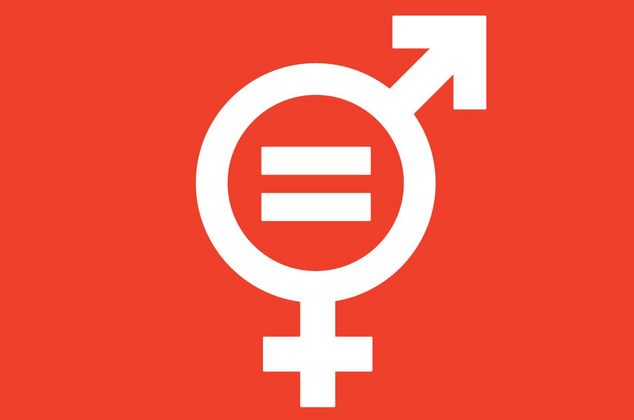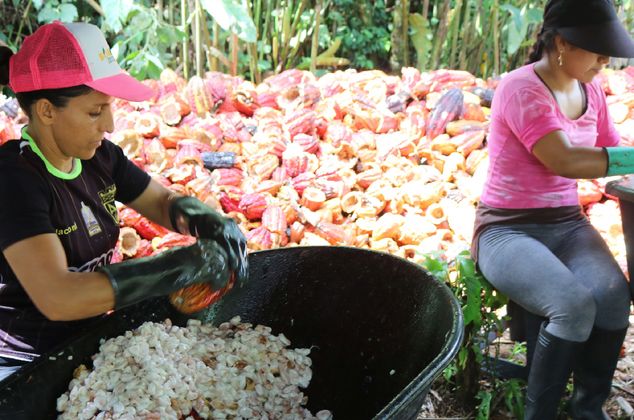Women and drug use

Women use illegal drugs differently than men – with consequences for treatment
All over the world, people use illegal substances – both men and women. Although on average more men tend to use drugs, women make up a third of the world's drug users. Both the circumstances under which women and men use illegal drugs and the consequences of their use differ considerably – physically and socially. Harm Reduction measures can only be successful if they take these differences into account.
When it comes to drug users, in many countries it is often only male users who are being talked about. Although there are regional differences, women also use drugs all over the world. The manner in which they use drugs, and the physical and social consequences often differ from those of men. In some countries, however, harm reduction or treatment programmes – if they exist at all – do not sufficiently address this issue, or do not even perceive women as a target group with special needs.
According to the UN World Drug Report 2018, on average women start using drugs later, partly because their drug use is often influenced by that of their male intimate partners. It was also observed that women tend to become dependent more quickly than men after the initial use of an illegal substance. When women start treatment for drug dependence, they therefore often show more severe medical, social and behavioural symptoms.
In many cases, according to the report, women have less control than men over how and from whom they obtain the drugs or injectables. They often inject drugs only after their intimate partner. If they use the same syringe or needle when injecting drugs, women run a much higher risk of contracting HIV or
hepatitis C.
Drug abuse or the simple fact of being exposed to drugs is also one of the main causes of gender-based violence including exploitation, sexual violence or psychological abuse. Women are disproportionately affected by this worldwide, and sex workers are particularly at risk. According to the UN World Drug Report, women who use drugs also run a higher risk of pregnancy complications and stillbirths.
When women use drugs, their children and partners usually also suffer – emotionally, physically and financially; especially in families where the woman is the main responsible for the household and the children. Moreover, in many countries, women who use drugs suffer greater stigmatisation and discrimination by their families, social environment and society. Drug use is perceived as immoral and incompatible with their attributed roles as wives and mothers. Stigma is often more severe in traditional countries where strict gender hierarchies and clear expectations of acceptable behaviour by women persist.
This situation has serious implications for both whether and how women take up prevention or therapy offers and whether these are available to them. The psychological barrier to starting a therapy is particularly high, as some places do not allow children to be taken along or women must fear losing custody. In other cases, drug help facilities are not adequately or not at all geared to the needs of women, for example the special requirements of therapies for pregnant drug users. It is also often not taken into account that women are doubly burdened by their attributed role as caregivers in everyday life, making it more difficult for them to participate in treatment programmes. For example, they may have to care for their children while they are on treatment, or they may not have sufficient resources to finance childcare during treatment.
The special needs and realities of women who use drugs are evident. In developing countries these issues are often particularly serious. Therapy programmes and other facilities must respond to this and be designed in a gender-sensitive manner. If gender-specific offers exist, women are more likely to feel addressed and encouraged to accept support.

